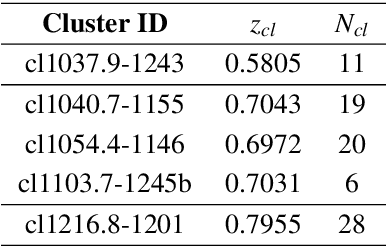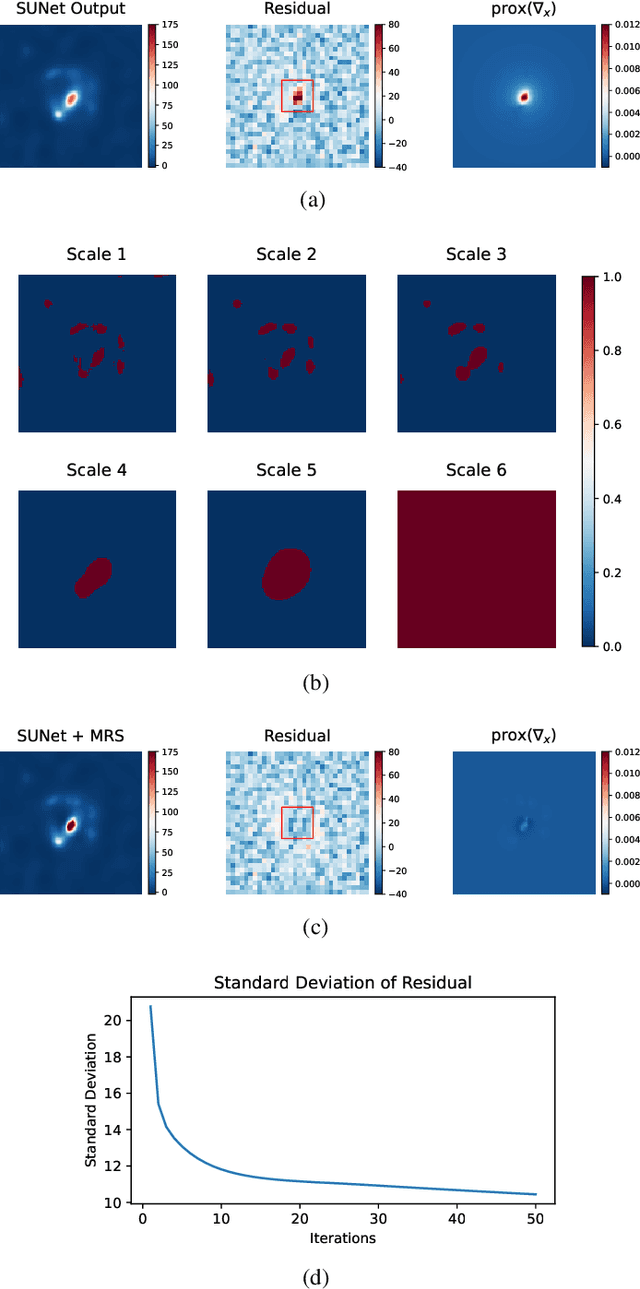Ground-based Image Deconvolution with Swin Transformer UNet
Paper and Code
May 13, 2024



As ground-based all-sky astronomical surveys will gather millions of images in the coming years, a critical requirement emerges for the development of fast deconvolution algorithms capable of efficiently improving the spatial resolution of these images. By successfully recovering clean and high-resolution images from these surveys, our objective is to help deepen our understanding of galaxy formation and evolution through accurate photometric measurements. We introduce a two-step deconvolution framework using a Swin Transformer architecture. Our study reveals that the deep learning-based solution introduces a bias, constraining the scope of scientific analysis. To address this limitation, we propose a novel third step relying on the active coefficients in the sparsity wavelet framework. By conducting a performance comparison between our deep learning-based method and Firedec, a classical deconvolution algorithm, we analyze a subset of the EDisCS cluster samples. We demonstrate the advantage of our method in terms of resolution recovery, generalization to different noise properties, and computational efficiency. Not only does the analysis of this cluster sample assess the efficiency of our method, but it also enables us to quantify the number of clumps within these galaxies in relation to their disc colour. This robust technique holds promise for identifying structures in the distant universe from ground-based images.
 Add to Chrome
Add to Chrome Add to Firefox
Add to Firefox Add to Edge
Add to Edge